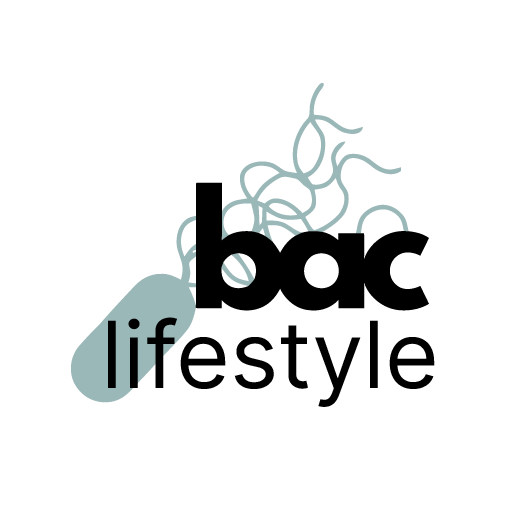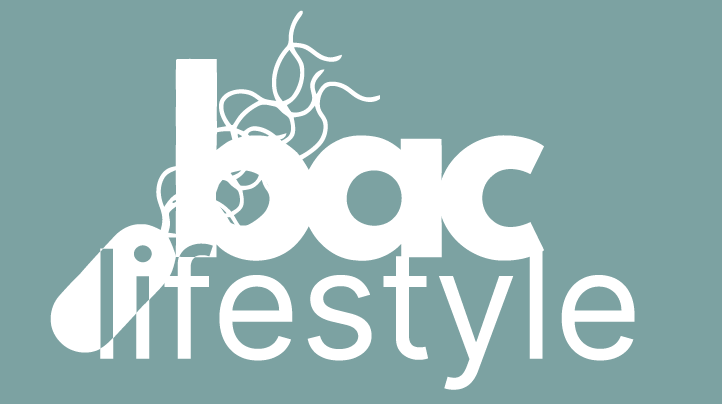Most bacteria can alternate between a planktonic lifestyle, characterized by the presence of mobility structures such as flagella, and the formation of structured communities associated with surfaces called biofilms. The coordinated regulation of the transition between these two mutually exclusive lifestyles, in response to environmental and physiological signals, has been characterized in several bacterial species, including Gram-negative bacteria associated with plants such as Pseudomonas putida and Pseudomonas fluorescens. The closely related group Pseudomonas syringae comprises phytopathogenic bacteria that affect high-value crops, and their virulence mechanisms have recently undergone intense characterization.
this project, our aim is to describe the regulatory mechanisms that govern the lifestyle switch in P. syringae and the impact of the transition between planktonic growth and biofilm formation on plant infection. To achieve this, we will identify regulatory signals, factors, and mechanisms responsible for coordinating the synthesis of flagellar machinery and chemotaxis with the production of adhesion factors and other determinants of biofilm development in reference strains of P. syringae. Additionally, we will investigate whether cross-regulation occurs between the expression of virulence factors, mobility determinants, and biofilm components, and we will determine the effect of key regulatory elements on mobility and chemotaxis, adhesion and biofilm development, and virulence in in vivo plant infection models.


